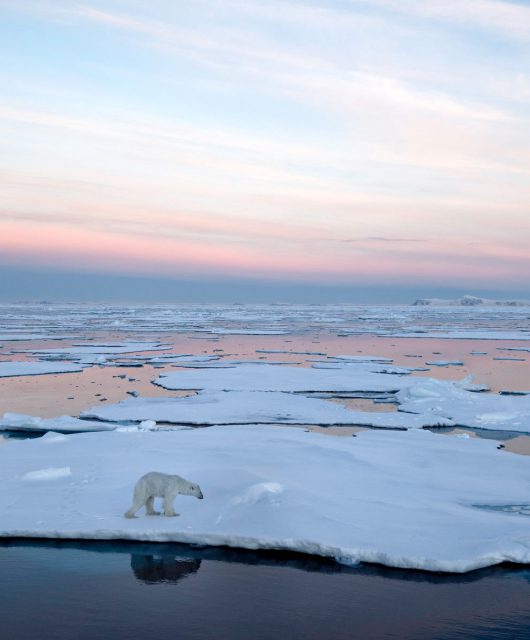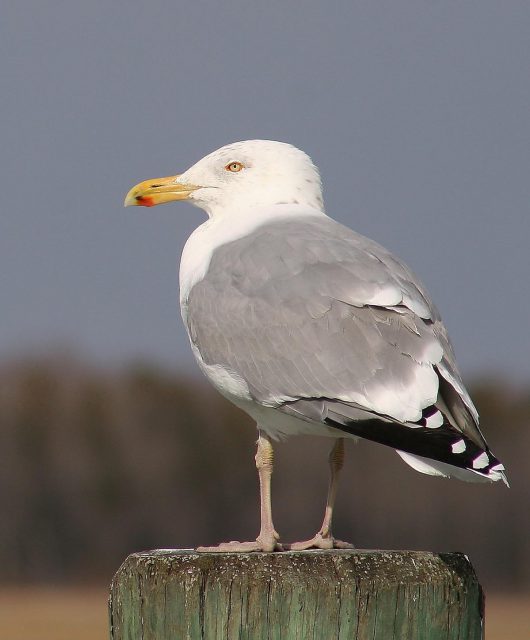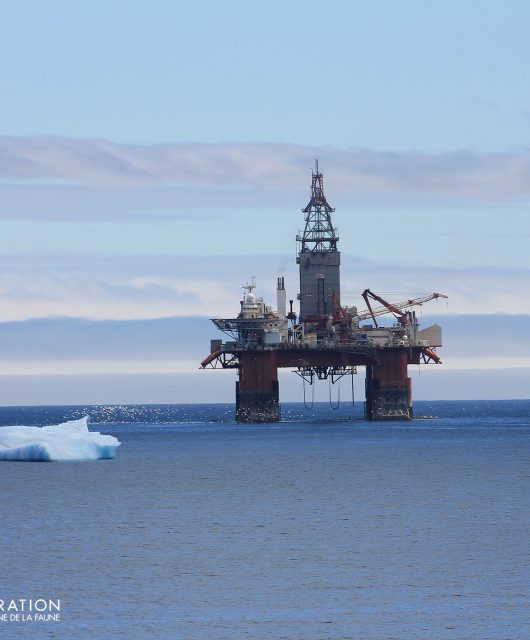On March 1, 2024, a group of scientists from the New England Aquarium came across an unusual sighting.
During a routine aerial surveillance flight of Massachusetts’ coastal waters they saw a Grey Whale, a population thought to have gone Extinct!
Grey Whales are large baleen whales that are easily identified through their unique mottled grey and white skin pattern. Another key feature of their external appearance is that their dorsal fin is reduced to a low hump and followed by distinct ‘knuckles’ or ridges towards the tail fluke.
The modern population of Grey Whales are found in the northern Pacific Ocean with migratory routes that include summer feeding grounds along Canada’s west and Arctic coasts. Although Grey Whales were also found in the Atlantic Ocean historically, this population had all but disappeared by the 18th century, in part due to whaling.
The sighting of a Grey Whale this month is an extraordinary sighting, but not the first of its kind. Over the last 15 years, there have been five sightings of Grey Whales in Atlantic waters. And yet, given that these whales have been considered Extinct in the Atlantic for nearly 300 years, each observation is a rare treat. This particular sighting is most intriguing as it is quite possible that the sighted individual matches with the sighting of a Grey Whale further south in Florida late last year.

How this Grey Whale managed to reach Atlantic waters can most likely be attributed to climate change. As winters have been shorter and milder, the ice cover in the Arctic has also shrunk. This has opened up areas that were previously impossible to use because of the physical barriers created by sea ice. Scientists believe that the Grey Whales could have travelled from the north Pacific to Atlantic waters through this newly opened Arctic passageway, which highlights the swift impact of climate change on large whale distribution and behaviour.
Grey Whales are not the only large whale to have modified its distribution in Atlantic waters in response to climate change. The North Atlantic Right Whale population have moved their summer feeding grounds from the Bay of Fundy to the Gulf of the St Lawrence, likely dictated by the northern shift in distribution of their main prey over the past decade. Both the Grey Whale and the North Atlantic Right Whale face their greatest threat in these waters – entanglement in fishing gear. This will not be a new problem for Grey Whales in their return to these waters, as they (along with Humpback Whales) are among the most entangled whales in Pacific waters. However, as they move closer and into Atlantic waters where entanglement continues to be a major concern, management and policy makers must begin to consider additional measures to monitor other species. While the existing and ongoing North Atlantic Right Whale measures may contribute some protection for other whale species at risk, the extent of this help is not yet fully known. This research question is currently being explored by the Canadian Wildlife Federation’s marine team.
These incredible sightings are a delightful surprise for scientists but remind us of the importance of consistent monitoring and flexible management and policy to accommodate the ever changing environment and its inhabitants.



